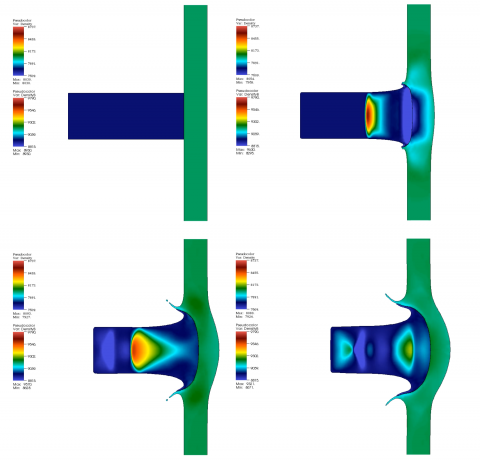The Laboratory for Scientific Computing at Physics at Work 2018
Laboratory for Scientific Computing
What will students see at your exhibit?
Scientific computing can be used to study anything from the behaviour of atoms in a crystal, to the motion of hurricanes, to the mechanics of black holes. When scientists study the natural world they do experiments and make observations. From these observations they come up with mathematical equations, or models, which describe physical phenomena.
These models can be anything from classical models like Newton's laws of motion, to quantum mechanical models like the Schrödinger equation. The job of scientific computing is to solve these equations on a computer and look at how the models behave. This involves a mixture of physics, chemistry, mathematics, and computer science. Students attending our exhibit will, therefore, be introduced to the predictive power of computer simulations. Students will see examples of how, where, and why computer simulation plays an important role in our everyday lives, from prediction of the weather to fluid flow over aircraft wings. Students can also participate in an interactive modelling session.
What physics is used?
Fluid dynamics, solid mechanics, heat transfer
Why is it useful?
High-performance computing and computer modelling are now commonly employed in almost all scientific disciplines (and many non-scientific ones too). It is extremely valuable, as it allows scientists and engineers to probe the behaviour of their systems and devices in ways that cannot be explored experimentally, but also much quicker and at comparatively low cost.

